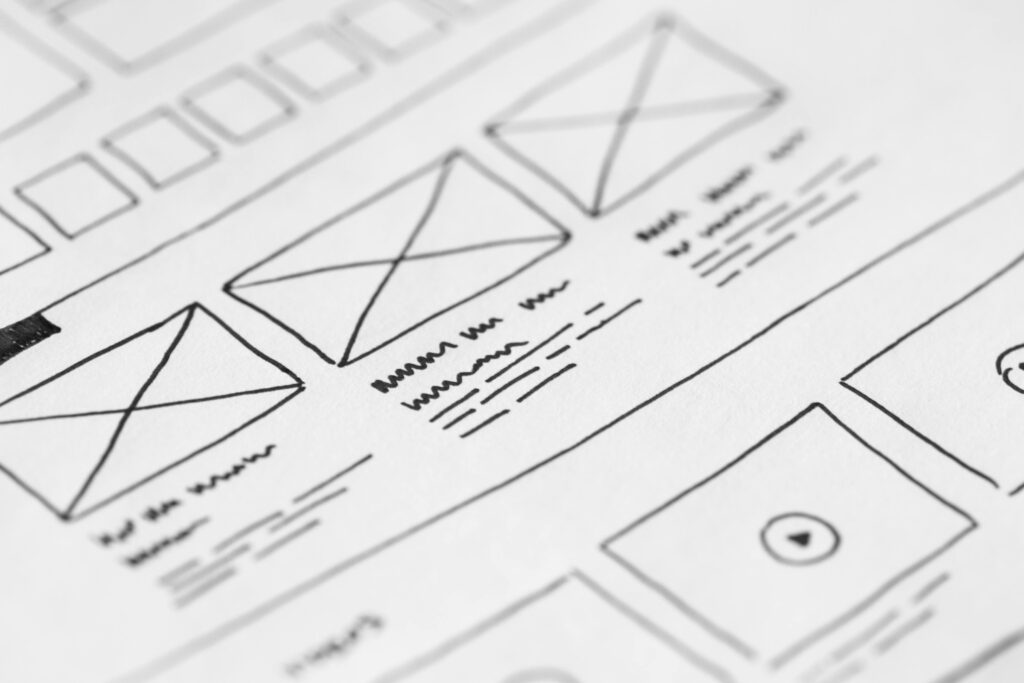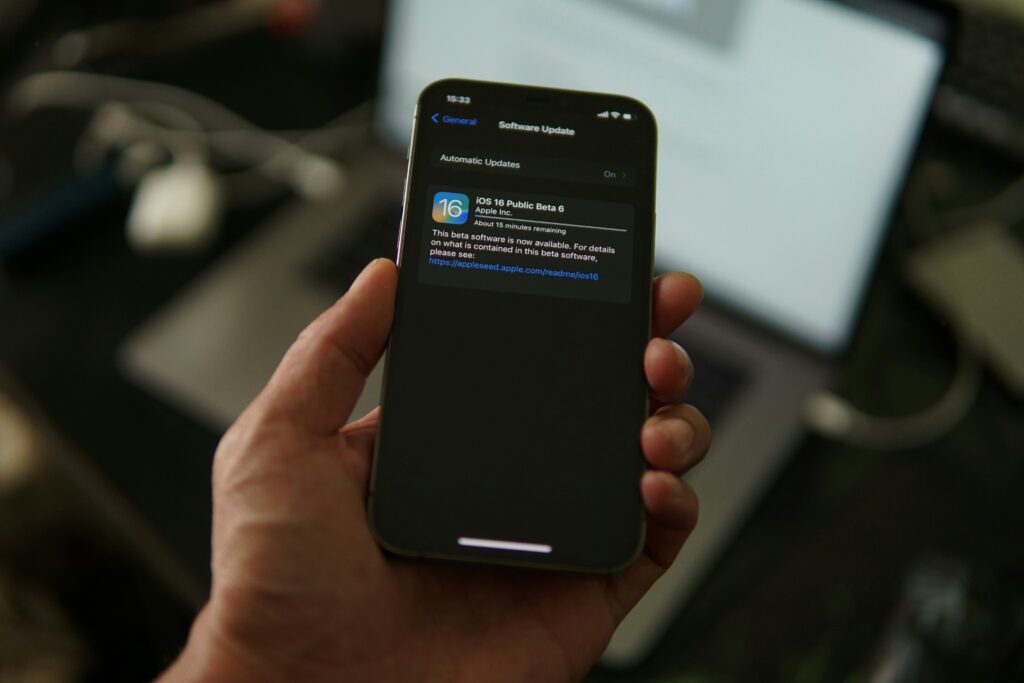You might have already wondered, what is the difference between these three professions? The line separating these jobs is very thin. Confusion is legitimate since the tasks deal with the same discipline. However, each has its own specificities and intervenes at a certain precise stage of the visual creation process.
Distinction between graphic designer and infographic designer
To establish the difference between a graphic designer and an infographic designer within the graphic design chain, we could say that the graphic designer leverages their imagination and creativity to develop a concept, while the infographic designer is responsible for producing the final result. The infographic designer, on the other hand, possesses a diverse skill set, as they work both in the digital and print realms. The graphic designer assumes a more creative role, whereas that of the infographic designer is more technical.

Historically, graphic design emerged before infographics. Even though the term “graphic design” was coined in the 20th century, its history goes back much further. It traces back alongside human history, from the Lascaux caves, where paintings can be counted among the foundational elements of visual communication. Infographics, on the other hand, became possible in the late 1940s with the emergence of computers, and the term itself followed a few years later, in 1974. However, don’t think that the early results resembled those of today; a dot and lines of different styles and thicknesses were among the first visible visual elements on a screen. Have I turned into a history teacher as a bonus?
Over the years, the roles of each profession have evolved. Whether you are working with a graphic designer or an infographic designer, both primarily use the same tools of work. However, obviously, they don’t use them in the same way.
Graphic designer
As for the graphic designer, often a creative director, they are more than essential for any good website. They are a creative being, and their role is more relevant than ever in the digital world. We can describe them as an expert graphic artist in website design. They are frequently required to collaborate with the graphic designer to create visuals in web format.

The designer is responsible for creating and implementing the visual identity, designing the layout, and making decisions about typography. Their main mission is to address the website’s communication needs. This profession involves making tangible choices to ensure that the website’s usability is as clear as possible for the user. It’s essential for the designer to empathize with the user’s perspective. One advantage of the designer is that they are well-aware of the realities of both the graphic designer and the infographic designer. They have a greater awareness of the impact of their peers’ work on the production chain. Surrounded by their skilled team (us 🤭), the graphic designer is indispensable for the success of your project.
At 10RUPTiV, we have all three experts! We’re the cream of the crop because yes, we have all three specialists, but only two individuals. Laurence, on her part, is a graphic designer, while Marie-Hélène is both an infographic designer and a graphic designer; she’s a hybrid. They are versatile too – what more could we ask for! May I venture to say that they are on point? 😉
So, these are three distinct yet highly complementary roles. One doesn’t go without the other. Just like 10RUPTiV doesn’t go without Laurence and Marie-Hélène.


